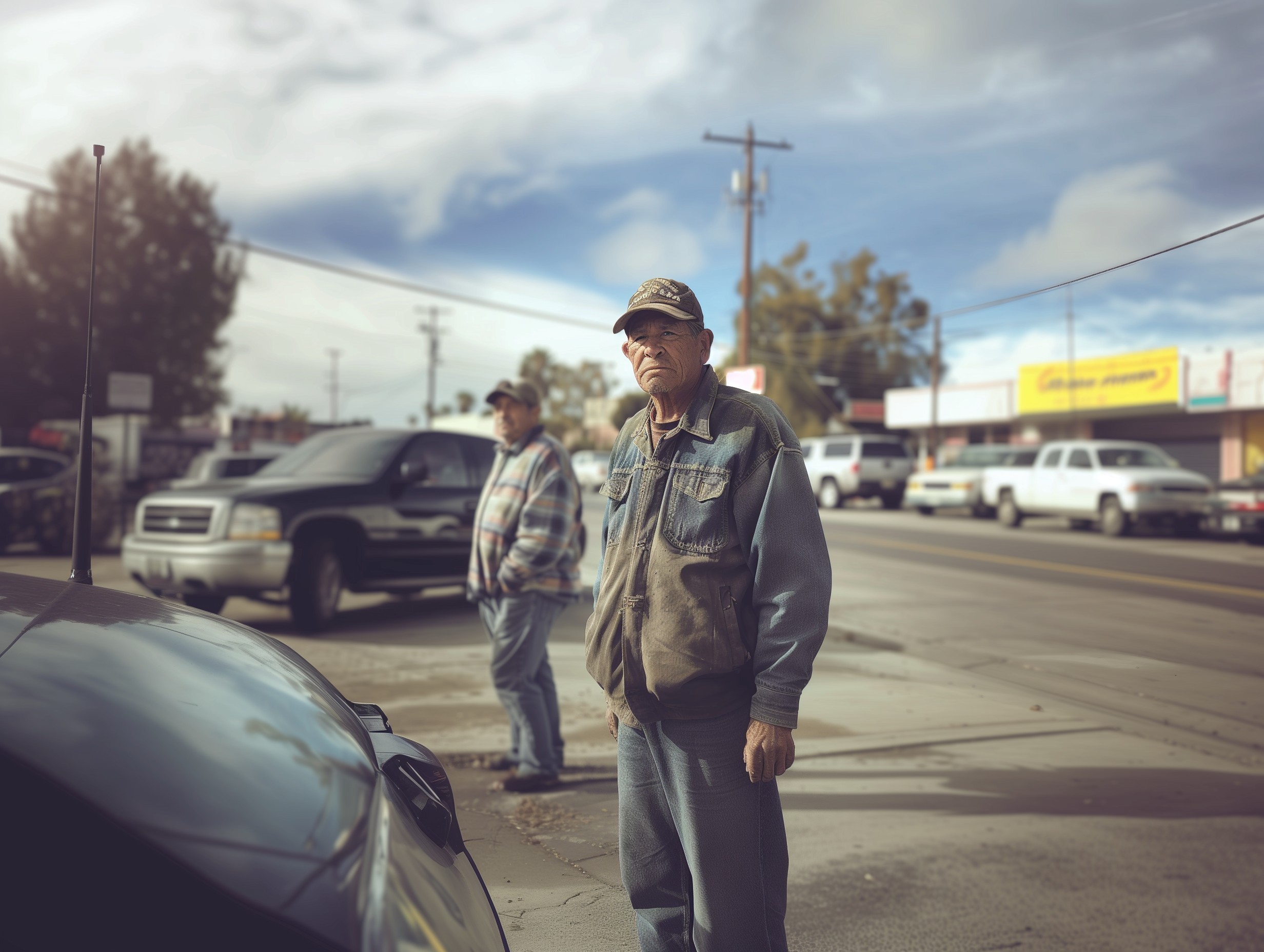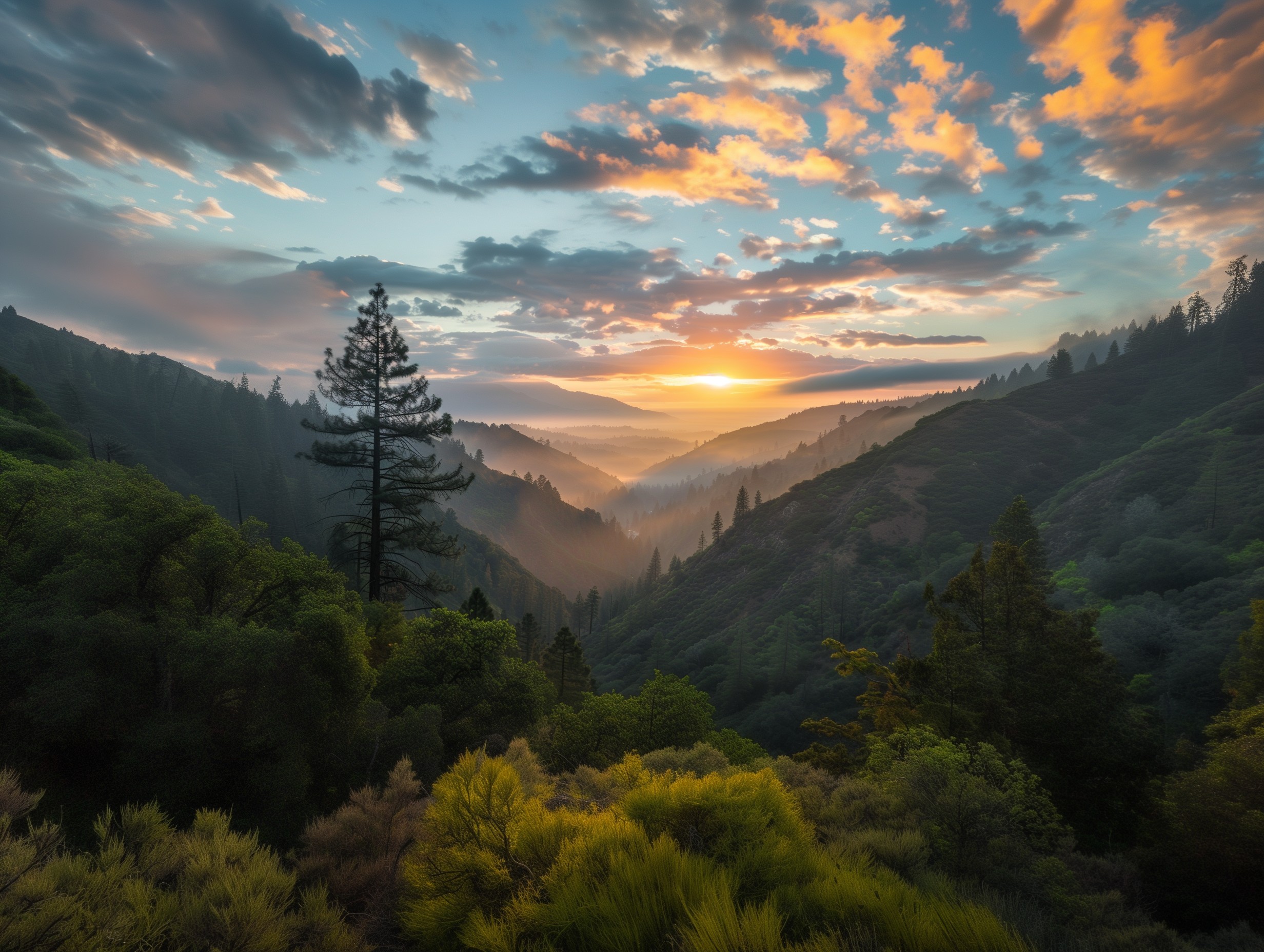Extreme heat, drought worsening smog in California
According to Los Angeles Times report, extreme heat and drought have worsened smog in California over the last year and increased health risks.
California's prolonged dry spells have brought more temperature inversions, concentrating pollution near the ground. The storms could clear away much of the bad air with rain or wind, but high-pressure systems have resulted in fewer storms, less circulation and unusually stagnant conditions.
Anthony Wexler, Director of the Air Quality Research Center at the University of California, Davis, said, "There's a steady trend of air quality getting better, but layered on top of that is the meteorology, which is a crazy, up-and-down thing that is very hard to predict".
The conditions in the San Joaquin Valley were the worst in the state last winter. In 13 years, fine particles reached their highest concentrations, measuring more than three times the federal standard of 35 micrograms per cubic meter.
Each year, thousands of premature deaths in California are linked to continued exposure to ozone and fine particulates. The deaths occur primarily from cardiovascular disease and heart attacks.
Most of those fatalities occur in Southern California, where a 2010 economic study found that fine-particle pollution contributes to as many early deaths as traffic accidents.
Southern California air quality regulators are banning wood burning for the third day in a row in order to improve air quality minimizes the pollution. The no-burn alert applies to the greater Los Angeles area, Orange County and the Inland Empire.
According to regulators, no-burn alert is necessary to protect public health because fine particles in wood smoke can get deep into the lungs and cause respiratory illnesses. They have also barred the manufacturing of fire logs made from wax or paper.


